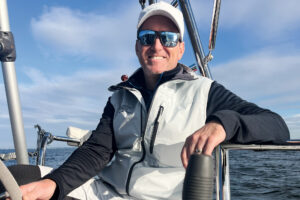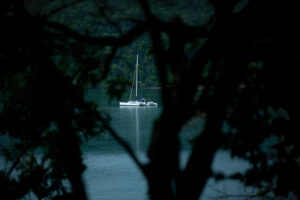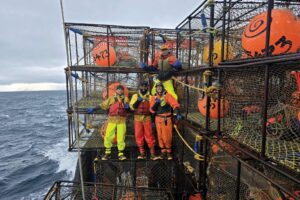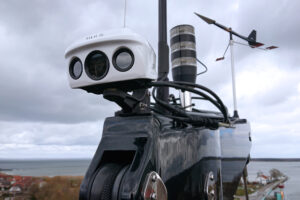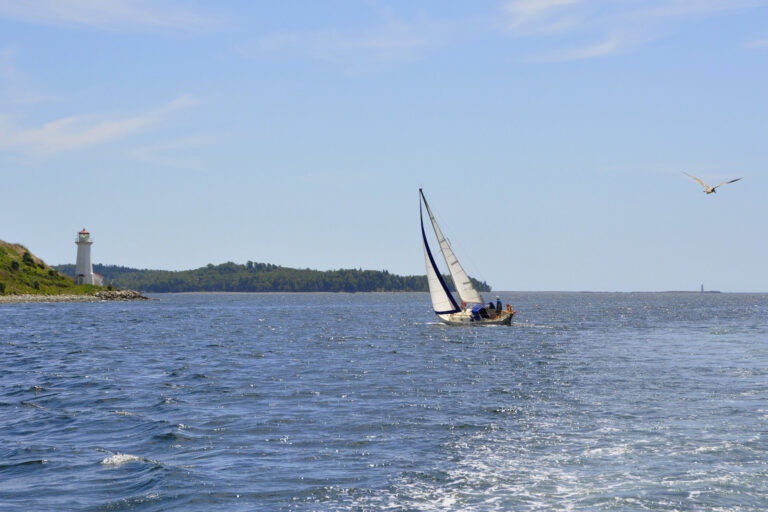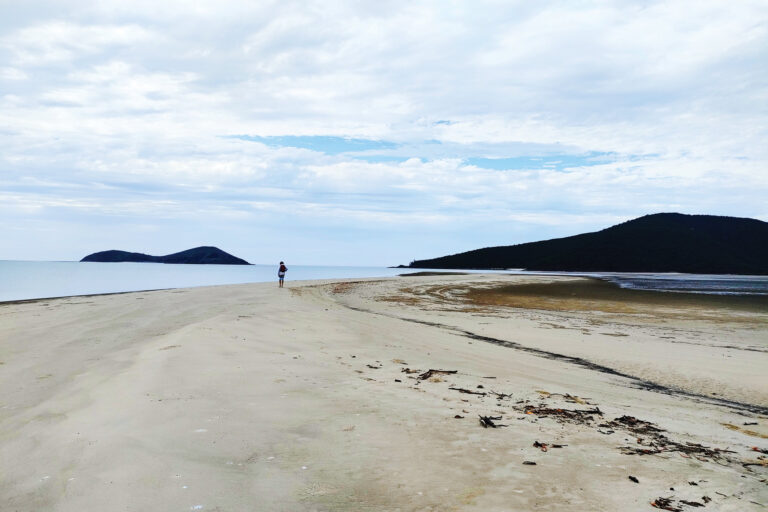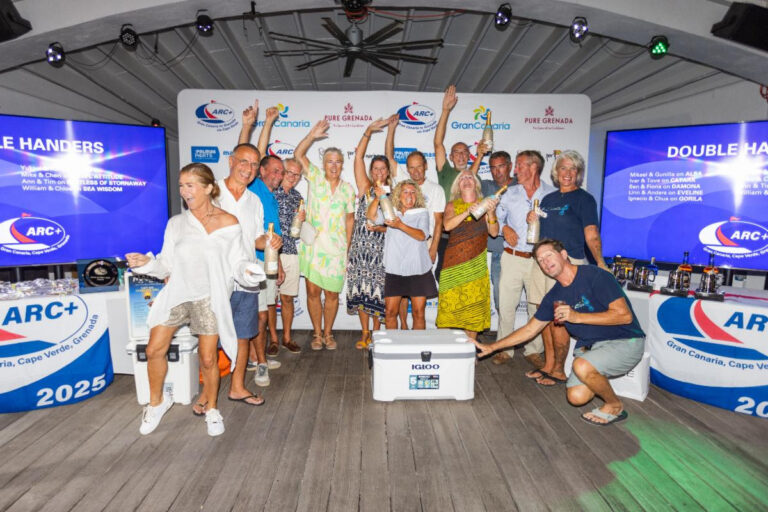
pearson 385 368
Between 1984 and 1992, Pearson Yachts, of Portsmouth, Rhode Island, built the center-cockpit Pearson 385 and the aft-cockpit Pearson 386 using the same hull design. The standard rig was a sloop, but Pearson offered a cutter rig as an option.
When we came across the Pearson 385 in 1998, my wife, Sue, and I were looking for a boat measuring less than 40 feet with relatively shallow draft, a well-laid-out galley, easy sailhandling, good ventilation, and somewhere to sleep other than the V-berth, all in a coastal cruiser that we could take from the Great Lakes to the Caribbean. We also wanted a vessel that offered some privacy for guests. The Pearson 385 had it all, but the one we found, which happened to be hull number one, needed an extensive overhaul.
In the first five years of owning Patience, we replaced the electrical system, the running and standing rigging, the anchor windlass, and the cushions. We rebedded deck gear and stripped the old varnish from the whole interior. When a lower shroud failed, I investigated all the chainplates; they came out in pieces.
We kept Patience in the Great Lakes while we worked on her, then sailed her via the Hudson River and Chesapeake Bay to New Bern, North Carolina, when we retired there in 2005. We’ve since taken her south to Florida and north to the Chesapeake Bay.
Patience is sloop rigged and has a shoal-draft fin keel (many 385s have centerboards) and a skeg-hung rudder. We find that she’s fairly dry even in the kind of chop we often encounter on Pamlico Sound. With a displacement approaching 10 tons, she rides comfortably, and her motion is easy. She doesn’t point well, which I attribute to the in-mast roller-furling mainsail and the mainsheet system with no traveler, but in about 20 knots of wind, she sails at 7 to 8 knots with the apparent wind between 30 and 40 degrees.
To keep us warm and dry in nasty weather, we totally enclose the cockpit.
The three-cabin/two-head layout offers lots of storage and privacy for two couples. Guests use the V-berth cabin, which has its own head. The aft cabin has a double berth arranged across the boat (this has its pros and cons), a head, and a shower stall. The cabin is separated from the guests by the saloon, the galley, and the engine compartment.
The galley has a propane three-burner stove and oven, a refrigerator/freezer, a microwave, and lots of counter and storage space. Between the two saloon settees is a teak drop-leaf table that seats six adults. Teak bulkheads and cabinets and the teak-and-holly sole make the boat’s interior warm and inviting, while seven deck hatches and 16 opening ports deliver great ventilation throughout below.
In the 10 years we’ve owned Patience, we’ve logged about 10,000 miles, and we have a lot of miles yet to go. She’s a comfortable cruising boat that meets all our needs.
Pearson Yachts built fewer than 45 Pearson 385s, and when they come on the market, which they do rarely, asking prices, depending on the year and condition, range from about $60,000 to $90,000. Owners maintain contact at a dedicated website (www.p385.com).
Mark Young and his wife, Sue, keep Patience in New Bern, North Carolina, and have cruising plans that include the Chesapeake Bay and the Bahamas.
Specs:
LOA 38′ 4″ (11.68 m.)
LWL 30′ 0″ (9.14 m.)
Beam 11′ 7″ (3.53 m.)
Draft (keel) 5′ 6″ (1.68 m.)
Sail Area (100%) 684 sq. ft. (63.5 sq. m.)
Ballast 7,000 lb. (3,175 kg.)
Displacement 19,400 lb. (8,118 kg.)
Ballast/D .36
D/L 321
SA/D 15.2
Water 170 gal. (644 l.)
Fuel 45 gal. (171 l.)
Engine 42-hp. diesel
Designer William Shaw

